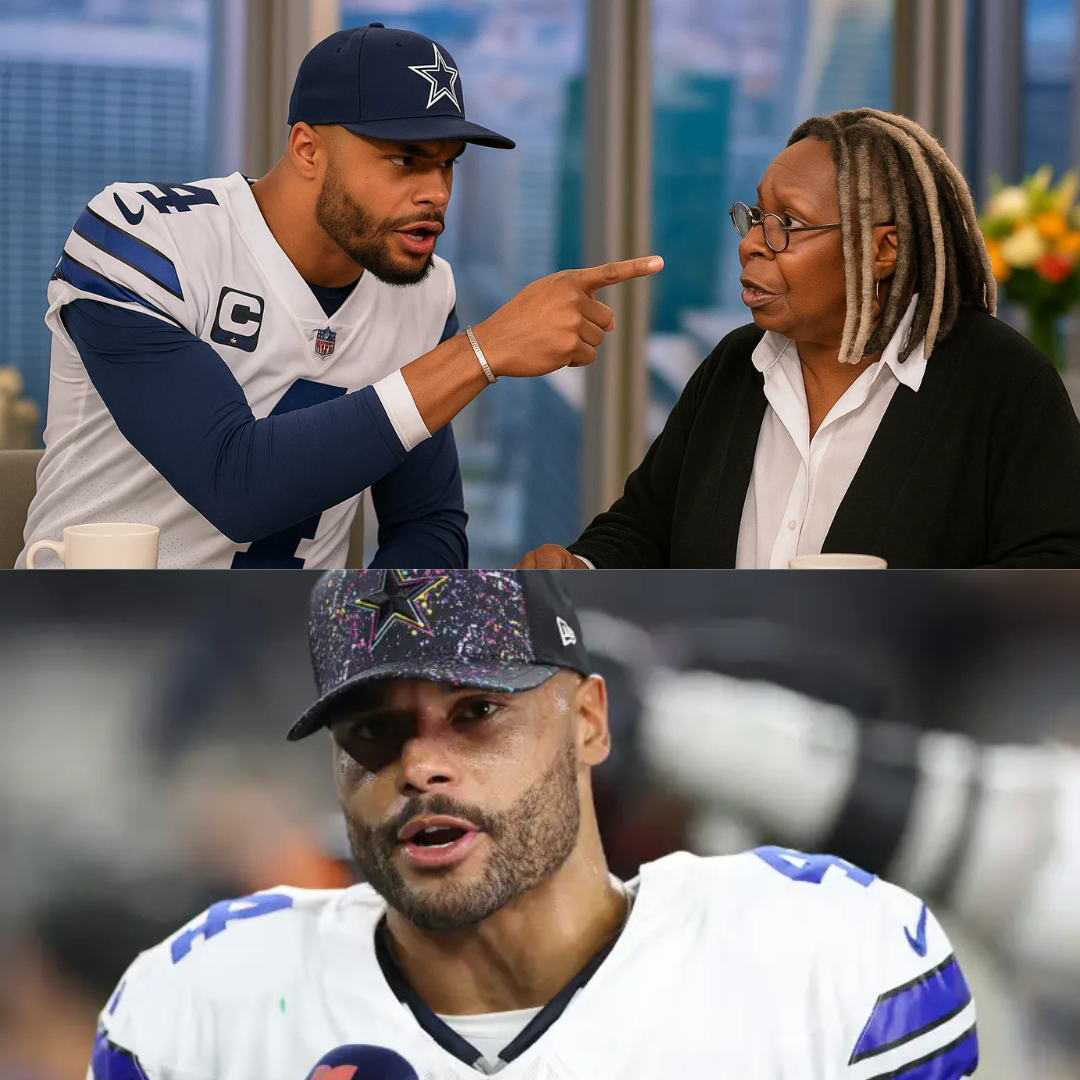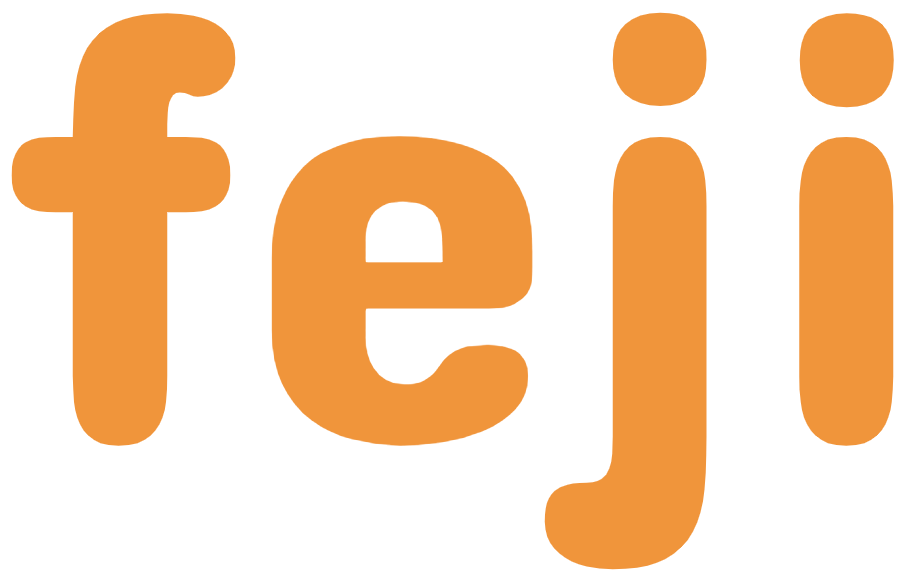The Eagles should avoid reuniting Bradley Chubb with Vic Fangio
After taking a certified beating at the hands of the New York Giants in Week 6, the Philadelphia Eagles are reportedly on the lookout for some help on the defensive side of the ball.
That’s right, after saying goodbye to half of their starters back in March, including a few like Isaiah Rodgers who are balling out with their new teams, the Eagles are looking for some help on the defensive side of the ball, according to NFL.com’s Ian Rapoport and Mike Garafolo, with cornerback and defensive end the primary areas of interest for Howie Roseman.
“Eagles general manager Howie Roseman has never met a trade he wouldn’t consider, and don’t be surprised if he looks for some help on defense,” the duo wrote. “A cornerback or edge would make sense.”
Interesting stuff, right? While neither a cornerback nor an edge will call passing plays up the middle, nor do an adequate job against defensive tackles on the interior of the offensive line, the Eagles have gotten really poor production from both positions so far this season, especially after Nolan Smith landed on IR with a triceps injury.
But who could the Eagles target? Will they go after a heavy hitter like Trey Henderson, or are there some less pricey options, both in terms of contract numbers and assets needed to pry them away from their current teams? Well, Rapoport and Garafolo provided a nugget on that position, too, and needless to say, one name is very interesting indeed.
“Among the edge players who have garnered interest are the Titans’ Arden Key, the Dolphins’ Bradley Chubb, and the Packers’ Kingsley Enagbare,” the duo wrote.
Arden Key? He was rumored to be a target last season, but ended up staying in Tennessee. Kingsley Enagbare? Well, the presence of Micah Parsons certainly makes him expendable, but maybe not to the degree the Eagles would be interested.
No, of that group, the real ringer for Philly is Bradley Chubb because of his pre-existing connection with Vic Fangio from their time together with the Denver Broncos and again with the Miami Dolphins. With some of his greatest professional seasons coming under Fangio, it would make sense that fans would immediately connect the two, but there’s a difference between Chubb’s fit in Philly’s scheme and actually trading for his current contract, which is one of the worst in the NFL.

© JIM RASSOL/THE PALM BEACH POST / USA TODAY NETWORK
The Eagles can’t afford this Bradley Chubb on his current contract
There once was a time when Bradley Chubb looked like the next great NFL edge rusher.
Joining the Broncos with the fifth overall pick out of North Carolina State in 2018, the then-22-year-old made an immediate impact on the field, recording 12 sacks, 21 QB hits, and 60 tackles on the way to serious Rookie of the Year consideration. While Chubb didn’t hit double-digit sacks again in Denver, he turned in two more seasons, in 2020 and 2022, that were good enough to earn Pro Bowl consideration.
Despite injuries limiting his 2019 and 2021 seasons – a trend for the two-time Pro Bowler in the NFL – he was eventually traded from Denver to Miami when the Dolphins went all-in on fielding a contender, shipping Chase Edmonds, a first-round pick, and a fourth-round pick to the Broncos for Chubb and a fifth-rounder. In 2023, reunited with Fangio, Chubb turned in one of his best seasons as a pro, amassing 11 sacks, 73 tackles, and a league-leading six forced fumbles, but after tearing his ACL in Week 17, he would miss the playoffs and the entire 2024 season.
Now back to full strength, Chubb already has five sacks for the 1-4 Dolphins, and looks like he might be approaching the player he once was under Fangio, but can the Eagles really trust that?
In a word? No.
If Chubb were waived outright and willing to sign a team-friendly deal, he might just be the Eagles’ best edge rusher right away, or at least tied with Smith when he returns. But he wasn’t waived and is unlikely to, what with two more years left on his three-year, $54.49 million extension after this season.
Chubb currently holds a cap hit of $12.3 million according to Spotrac, with a dead cap figure of $36.2 million in 2025. While his dead cap figure goes down by roughly $12 million in each subsequent season, his cap hit balloons up to $31.2 million next season and to $31.5 million in 2027, with an additional $4.6 million owed in 2028 in the form of a void year.
If Josh Sweat was too expensive to keep on a new deal worth roughly $19 million per season, why would Roseman be interested in trading for a player in Chubb who is older, on a contract worth almost $62 million over the next two years, and has an extensive injury history?
Short answer: he wouldn’t… unless the Dolphins were willing to eat some money.
Now normally, when a team makes a trade, the incoming team actually gets the new player on a discount, as the dead money from a signing bonus has already been dished out at the time of the deal. In this case, Chubb was given a $7.45 million signing bonus and $8.7 million guaranteed at signing that Miami can’t recoup regardless of his future.
The Eagles also wouldn’t be on the hook for the percentage of Chubb’s current 2025 contract that he has already played this season, as the Dolphins would have already distributed those game checks before a trade was agreed to, lowering his 2025 mark by about half, give or take.
Would having Chubb at $6-8 million for the 2025 season help the Eagles return to the Super Bowl? Potentially so, but for a team that said goodbye to a number of quality starters before their Super Bowl Championship rings showed up, does that really matter? Roseman clearly wants to build a contender long-term, and having Chubb’s money on the books in 2027 would make it hard to extend players like Jalen Carter, Jordan Davis, and Reed Blankenship, who will all need new deals before then.
Factor in – again – the injuries, and there just isn’t a whole lot of meat on the bone for a potential Chubb deal unless the Dolphins, who might just be entering a rebuild, are willing to eat even more money for a higher draft pick.
Would Chubb be a useful addition to the Eagles down the stretch? Yes, but hey, if Roseman wants to reunite with one of his former wards, Jaelan Phillips is currently in the last year of his contract, having suffered his own string of bad injury luck in 2023 and 2024, and the Dolphins might be willing to let him go instead of extending another injury risk on a long-term deal. The Miami product had 6.5 sacks in eight games under Fangio in 2023 and has consistently looked like a breakout candidate if he can remain healthy.
If the Eagles want to be even more frugal, they could always get in contact with Christian Wilkins’ people and bring the free agent in for a workout. While things ended strangely in Las Vegas for the former first-round pick, he did have 9.5 sacks in Miami under Fangio and could make the Eagles’ interior all the more impressive in albeit slightly unusual fronts alongside Carter and Davis.
But as for Chubb? The conditions under which he makes sense to acquire are unlikely to be met anytime soon, which is why Eagles fans should move on to new targets heading into the 2025 NFL trade deadline.
The second Whoopi Goldberg screamed, “CUT IT! GET HIM OFF MY SET!”—it was already too late. Dak Prescott had just turned The View into ground zero for live-television chaos, and every camera was rolling.

Dak Prescott’s Alleged On-Set Clash With “The View” Ignites National Debate Over Civility and Live Television Boundaries

A viral video circulating across social platforms late Tuesday purports to show Dallas Cowboys quarterback Dak Prescott in a heated exchange with the hosts of “The View,” culminating in a dramatic walk-off that left the studio in apparent disarray. While the clip’s provenance and full context remain unverified, the episode—true or not—has already detonated a broader argument about civility, censorship, and how combustible live television can become when politics and celebrity collide.
According to posts sharing the video, the confrontation began after a pointed exchange about Prescott’s personal beliefs. In the clip, which appears to be recorded off a monitor and offers only a partial view, a voice resembling moderator Whoopi Goldberg can be heard calling for a cut as tensions rise. The camera angle then shifts to show Prescott addressing co-host Joy Behar with raised voice and emphatic gestures, insisting he would not be “lectured” and vowing to tell “the truth” as he sees it. Audience audio is largely indistinct, but the room noise swells as the moment peaks. The footage ends with Prescott pushing back his chair and moving out of frame.
Representatives for Prescott and “The View” did not immediately respond to requests for comment, and the show did not air a segment matching the viral clip on its official channels as of publication. Absent confirmation, media ethicists urged caution, noting how easily short, de-contextualized snippets can outrun facts. Still, the speed of the online reaction underscores the cultural volatility around high-profile confrontations on daytime platforms that are as much civic forums as entertainment products.
Supporters rallied behind the quarterback, casting him as a celebrity willing to challenge a panel they view as hostile to dissenting viewpoints. They praised what they called his refusal to be “managed” by television etiquette and framed the moment as a stand for authenticity over performance. Critics, meanwhile, argued that the outburst—if accurately depicted—crossed lines of respect, turning a conversation into a spectacle and reinforcing a corrosive pattern in which volume substitutes for persuasion.
Producers and crisis-communications veterans say the episode—real or misunderstood—illustrates the razor-thin margin for error on live or live-to-tape sets. Hot mics, overlapping crosstalk, and the pressure to deliver viral moments create conditions where a single escalation can overwhelm the rundown. Networks typically rely on delay buffers, segment boundaries, and seasoned moderators to keep debates inside guardrails. But when tempers rise and star wattage intensifies, those controls can falter in seconds.
The incident also reopens an old question with new urgency: what do audiences want from daytime debate shows? For some, confrontation reads as accountability; for others, it feels like theater that leaves viewers more entrenched and less informed. The marketplace has rewarded both models—measured conversations with room to breathe, and high-temperature clashes engineered for clip culture.
Until verified footage or official statements surface, the viral clip remains an uncorroborated snapshot that says as much about the audience as the participants. Yet its resonance is unmistakable. Whether Dak Prescott actually “blew the doors off” a daytime format or merely became the latest subject of internet telephone, the takeaway is the same: in an era of instantaneous sharing and polarized expectations, the line between discussion and detonation can be a single sentence—and the court of public opinion convenes long before the credits roll.




